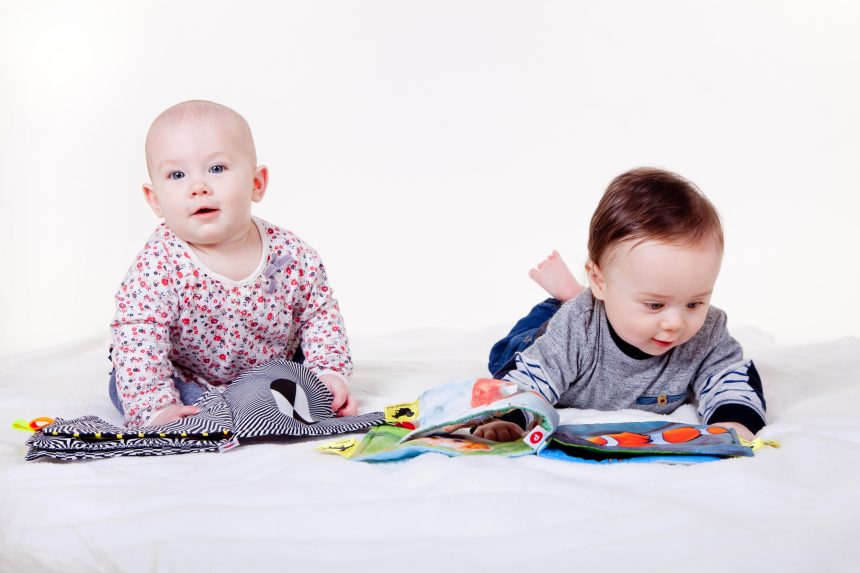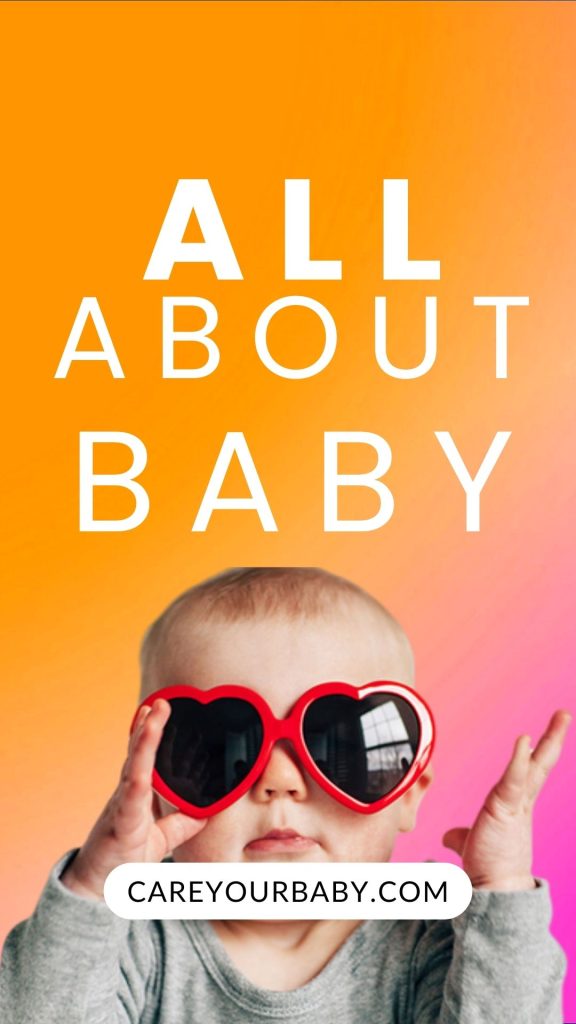As infants navigate the transformative journey of early development, social skills emerge as pivotal milestones that lay the groundwork for future interpersonal interactions. One notable expression of these burgeoning social competencies is the simple yet profound gesture of waving. This article explores the timeline of when babies typically learn to wave, integrating insights from developmental psychology and early childhood education. It examines the cognitive and emotional processes involved in this seemingly innocuous action, while also offering practical strategies for parents and caregivers to encourage the cultivation of such vital social skills. Understanding the nuances of this early communicative behavior not only highlights the significance of non-verbal interaction but also underscores the essential role of caregivers in fostering a child’s social development during these formative years. Through a synthesis of current research and expert perspectives, we aim to illuminate the importance of waving as a stepping stone towards more complex social engagements.
Understanding the Developmental Timeline of Waving in Infants
The ability to wave is one of the first forms of non-verbal communication that infants typically develop, serving as an essential milestone in their social skill repertoire. Research indicates that most babies start to engage in this behavior between the ages of 9 to 12 months. During this period, they begin to understand the concept of social interaction and exhibit behaviors such as imitation and engagement. Waving not only reflects an infant’s growing cognitive abilities but also signals their desire to connect with caregivers and peers, laying the foundation for more complex social interactions.
As parents and caregivers, fostering this skill can enhance a child’s social development significantly. Strategies to encourage waving include:
- Modeling the Behavior: Regularly wave at the baby during playtime and everyday interactions.
- Interactive Play: Use games like peek-a-boo to create excitement around waving.
- Positive Reinforcement: Celebrate their attempts to wave, further encouraging this behavior.
Furthermore, understanding the timeline of waving can help caregivers monitor developmental milestones more effectively. Here is a simple overview of key ages and associated behaviors related to waving:
| Age Range | Behavior |
|---|---|
| 6-8 months | Begins to imitate hands moving. |
| 9-12 months | Starts to wave bye-bye or hello. |
| 12-15 months | Waves spontaneously and understands context. |
The Role of Caregivers in Fostering Early Social Interactions
In the formative months of a child’s development, caregivers play an essential role in promoting early social interactions, which are crucial for the development of communication skills. These interactions can take many forms, including responsive facial expressions, vocalizations, and physical gestures. By engaging in activities that encourage turn-taking and shared attention, caregivers can facilitate a rich environment for social learning. For example, mirroring a baby’s actions, such as waving or clapping, can reinforce these behaviors and signal the importance of social engagement. It is through these repeated interactions that children begin to understand the nuances of non-verbal communication.
Research has shown that caregivers who actively participate in social exchanges with their infants not only foster cognitive development but also strengthen emotional bonds. Some effective strategies include:
- Playful Interaction: Incorporating games like peek-a-boo to elicit responses and promote engagement.
- Positive Reinforcement: Celebrating a child’s attempts to wave or smile, thereby encouraging further attempts.
- Modeling Behavior: Demonstrating social gestures consistently to help infants learn through imitation.
Moreover, creating a stimulating environment where a child can observe social interactions between adults and peers can further enhance their understanding of social cues. For instance, caregivers can organize playdates or participate in community activities, exposing their children to diverse social contexts and interactions.
Promoting Waving as a Form of Communication and Connection
Waving is a simple yet profound form of communication that lays the foundation for social interaction in early childhood. Research indicates that babies typically begin to wave around 9 to 12 months of age, marking a critical phase in their development of social skills. This gesture is not merely a physical movement; it encapsulates an emotional connection and serves as a precursor to more complex forms of communication. Encouraging this behavior can significantly enhance a child’s ability to engage with others, fostering a sense of belonging and community.
To promote waving and its benefits, caregivers can adopt several strategies that make this social skill both enjoyable and intuitive for infants:
- Modeling Behavior: Regularly demonstrate waving yourself when greeting and saying goodbye to encourage imitation.
- Interactive Play: Engage in games that involve waving, such as peek-a-boo or playing with puppets.
- Positive Reinforcement: Celebrate and praise the child whenever they wave, reinforcing the behavior.
Incorporating these practices helps nurture a child’s social competence and emotional intelligence, leading to stronger interpersonal relationships as they grow. By fostering the act of waving, we are not only enhancing a child’s developmental skills but also cultivating a world of connection and communication that will serve them throughout their lives.
Effective Strategies for Encouraging Social Skills in Early Childhood
Fostering social skills in young children is essential for their emotional and cognitive development. One effective approach includes **modeling positive interactions**. Parents and caregivers can demonstrate social behaviors through their own actions, such as greeting friends or family with a wave or smile. When children observe these interactions, they begin to understand the importance of communication and develop their social repertoire. Additionally, engaging in **role-playing games** can create an environment where children practice various social scenarios, reinforcing their learning through fun and interactive experiences.
Another strategy is to create opportunities for **peer interactions**. Organizing playdates or group activities allows children to engage with their peers, fostering skills like sharing, turn-taking, and problem-solving. Introducing **structured play** settings, such as circle time or group games, can also promote collaboration and teamwork. Furthermore, nurturing an environment that encourages **expressive language** helps children articulate their thoughts and feelings, making it easier for them to connect with others. This comprehensive approach not only enhances their social skills but lays a strong foundation for their future relationships.
Q&A
Q&A: Understanding When Babies Learn to Wave and Encouraging Social Skills
Q1: At what age do most babies typically begin to wave?
A1: Research indicates that most infants begin to wave around 9 to 12 months of age. This developmental milestone is part of a broader range of social and communicative skills that infants acquire as they grow. By this stage, babies have usually developed the motor coordination required for such gestures, as well as an understanding of their social context.
Q2: Why is the ability to wave considered significant in child development?
A2: Waving is more than just a physical gesture; it is a fundamental aspect of social communication. The ability to wave signifies that a child is beginning to understand reciprocal interactions and social cues. This development is crucial for establishing connections with caregivers and peers, laying the groundwork for more complex forms of communication and social engagement later in life.
Q3: How can parents and caregivers encourage their babies to learn how to wave?
A3: Parents and caregivers can play a vital role in encouraging this behavior. Engagement and repetition are key; caregivers can model the action of waving during interactions, such as saying goodbye or hello. Additionally, using songs or games that incorporate waving can make the learning process fun and memorable. Consistent encouragement, such as praise or mimicking the gesture, can also reinforce the behavior.
Q4: Are there variations in when babies learn to wave based on individual differences?
A4: Yes, individual differences can significantly affect the timing of when infants learn to wave. Factors such as motor skills, exposure to social interactions, and parental responsiveness can influence this milestone. Some children may begin to wave earlier or later than the typical range of 9 to 12 months, and such variations are often within the normal spectrum of development.
Q5: What should parents do if their baby does not wave by 12 months?
A5: If a child does not demonstrate the ability to wave by around 12 months, it is advisable for parents to consult a pediatrician. While delayed waving can be a normal variation, it may also be indicative of underlying developmental issues. Healthcare professionals can provide guidance, assess the child’s overall development, and recommend appropriate interventions if necessary.
Q6: Beyond waving, what other social skills should parents focus on in early development?
A6: In addition to waving, parents should encourage a range of social skills, including eye contact, smiling, and imitating gestures. Interactive play, reading, and singing can foster these skills. Engaging in activities that promote turn-taking and shared attention also supports broader social development and encourages emotional bonding between the child and caregiver.
Q7: How does the learning of social gestures, like waving, impact future relationships?
A7: The acquisition of social gestures such as waving is integral to future social interactions. Early gestures help children navigate social contexts and build relationships. As children grow, these foundational skills develop into more complex communication strategies, impacting their ability to form friendships and engage in collaborative activities, which are critical throughout life.
understanding the age at which babies learn to wave offers insights into their social and communicative development. By engaging actively in their learning processes, parents can foster essential skills that will benefit their children throughout their lives.
Wrapping Up
the ability to wave is not merely a charming milestone in a baby’s development; it serves as a crucial indicator of emerging social skills and cognitive growth. As infants progress from passive observation to active engagement with their environment and caregivers, the gesture of waving encapsulates the essence of communication and connection. Understanding the typical timeline for this behavior, typically occurring between 9 to 12 months, provides parents and caregivers valuable insights into their child’s developmental journey.
Moreover, by consciously encouraging waving through interactive play and modeling the behavior, adults can foster not just this particular skill but a broader set of social competencies that are essential for future interpersonal interactions. As research continues to unveil the nuances of early communication, it is imperative that we recognize the significance of such gestures in nurturing a child’s social framework. By fostering these early connections, we lay the groundwork for more complex social interactions that will flourish as children grow. Ultimately, the act of waving is a simple yet profound gesture—one that symbolizes the beginnings of social awareness and a child’s first steps toward building relationships in the world around them.


